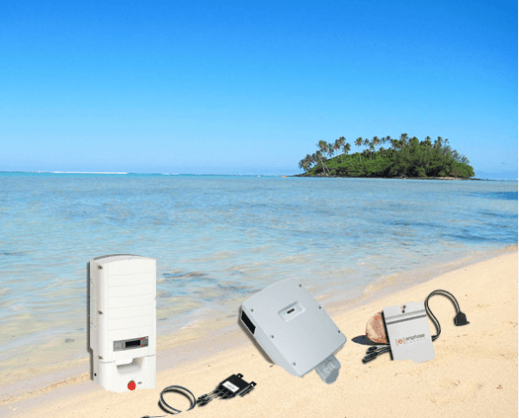Product comparisons are fun. As a species, we can’t seem to get enough of test drives, blind taste tests, comparison charts, and the like (remember the Pepsi Challenge and those Mac vs. PC ads a few years ago?)
Some of us even take it to the next level.
Have you ever secretly switched your friend’s sugar with an artificial sweetener – or spring water with tap water – just to see if she could taste the difference? I have. 9 times out of 10, they never realize that they’ve been duped.
With soft drinks, sweeteners, and bottled water, it’s easy enough to conduct these product comparisons and challenges at home. They’re relatively inexpensive.
But how do you compare something like solar performance? True, the technology is becoming cheaper with each passing year, but can you really afford to install a few competing systems to see which one delivers the most power output?
And as already covered, you cannot (absolutely cannot) trust what the manufacturers tell you about their products. If you have a few minutes, it’s worth reading some of these earlier blog posts:
- Orlando-based ASP Solar Panel Fraud – FPL Soon to Notify Home Owners
- If You’re a Solar PV Contractor in Florida, Don’t Buy ASP Panels
- The Perils of Buying Cheap Solar Panels & Equipment
- USSolar Institute and Florida Solar One Lead Charge to Clean up Florida’s PV Industry
Well, at USSolar, we’ve decided to do the work for you. Over the next several months, we’re conducting the first-ever Real World Solar PV Challenge to test some of the leading solar products under live conditions (as opposed to “laboratory conditions”).
The first leg of this competition is the 2013 Solar PV Inverter Challenge.
Last week, USSolar invited factory representatives from SolarEdge and Enphase to help install solar PV inverters with our students. The 3 technologies that went up were:
- SolarEdge SE3800
- Enphase M215
- SMA Sunny Boy 3800
Each of these inverter solutions was coupled with fourteen (14) identical 250W solar panels with equal shading, tilt, wind exposure, and orientation.
In the weeks ahead, we’ll regularly monitor the energy output of these rival inverter technologies to see which one delivers the highest and most consistent performance. And we’ll post the USSolar Real World PV Challenge results online for all to see.
I’ll be the first to admit that comparing solar PV inverters doesn’t have the same “panache” as comparing soft drinks or sweeteners. We’re somewhat overzealous at USSolar, and I can completely understand if you’re not as excited about this solar PV challenge as we are.
BUT – the implications of this challenge are way more important than you probably realize.
Even a 1% difference in energy output can translate to thousands of dollars over the lifetime of your solar PV installation. It’s analogous to gas mileage when buying a car. 35mpg versus 36mpg can mean huge savings over the long-term – especially as fuel (or utility electricity) prices rise.
Click on the following link to see the results of The Real World Solar PV Challenge!

